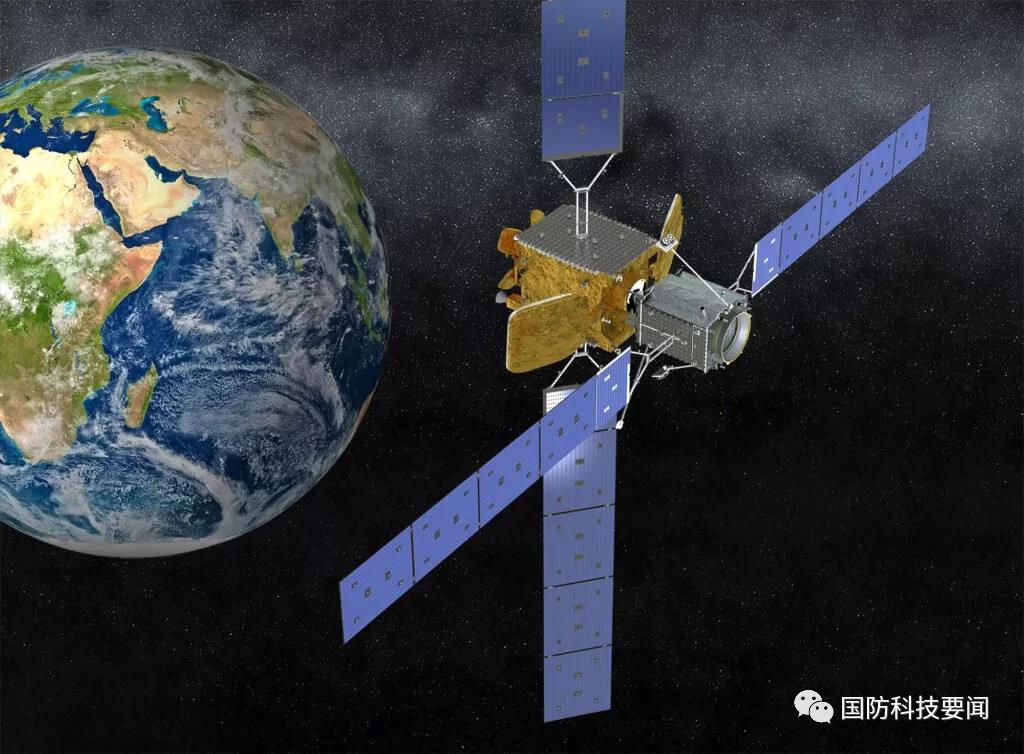The US Air Force plans to conduct preliminary research on Earth Moon monitoring and in orbit satellite services

1. "Space University Initiative" Plan
The Space University Research Initiative (SURI) program is managed by the Air Force Office of Scientific Research (AFOSR) under the Air Force Research Laboratory, aiming to combine the so-called 6.1 basic research with 6.2 advanced applied research. In March 2021, the laboratory released the first batch of funding project announcements for the "Space University Research Initiative", mainly focusing on two areas: space logistics and mobility, and space situational awareness (SDA). Each project has a maximum of $1 million per year and a period of 3-5 years.
Director Blinger of the Air Force Research Laboratory revealed that the "Space University Research Initiative" will serve as a pilot, aiming to transform "high-risk, high return scientific concepts" into "applied technology and pre technology development", which will create synergies between the academic and military communities.
2. Space Logistics and Mobility
The winner of the Space Logistics and Mobility project is the Carnegie Mellon University team (including the University of New Mexico and Northrop Grumman Corporation), which will break the traditional space utilization paradigm of "launch once, use once". The ultimate goal of the team is to conduct "basic and applied research" for in orbit services, in orbit assembly, and in orbit manufacturing, and the technological achievements of these studies can be transferred to the Aerospace Department of the Air Force Research Laboratory and Northrop Grumman Corporation. Northrop Grumman has been closely monitoring the development of this field, including orbital debris removal, which is also of interest to the US Space Force.
This research mainly includes three areas: firstly, "intelligent in orbit inspection", which can grasp the health status of spacecraft and use machine learning and artificial intelligence based "machine vision" to detect abnormal situations outside the spacecraft, and determine which part of the spacecraft can be docked.
The second is "Agile Earth Maintenance", which will simultaneously use the concepts of hard and soft robots to perform in orbit mechanical maintenance, replacement, enhancement, and achieve in orbit refueling of spacecraft. The US Space Force is very interested in in in orbit maneuvering and sees it as one of its key core competencies.
The third is in orbit manufacturing, which will use technologies such as 3D printing to enhance in orbit capabilities.
Space Domain Awareness (SDA)
The goal of the US Air Force Research Laboratory is to identify fundamental research that can enable innovative space domain sensing applications (sensors and measurement strategies, data fusion, autonomy), find ways to improve space object monitoring and tracking capabilities, and find ways to search for and track spacecraft, debris, meteoroids, and other objects beyond Earth orbit at great distances, such as in the Earth Moon space.
The funded proposal is called "Understanding and Reconnaissance of Space Objects in Complex Situations" (Source), jointly proposed by the University at Buffalo, Pennsylvania State University, Georgia Institute of Technology, Massachusetts Institute of Technology, Purdue University, and others. The main goal of SOURCE is to develop a scalable framework that can integrate data from many different sources with orbital dynamics models to enhance space domain perception and extend these functionalities beyond the Earth synchronous orbit (X-GEO).
X-GEO refers to the vast outer space beyond the geostationary orbit (GEO), which is approximately 36000 kilometers away from Earth and is the farthest orbit from Earth. It typically houses communication satellites. The Space Force attaches great importance to expanding its future capabilities beyond geosynchronous orbit, lunar space, and the region between the Moon and Mars.
The US Air Force Research Laboratory and the Source research team will work closely with the Space Force, such as the 18th Space Control Squadron responsible for the US space monitoring and tracking network, and the Space Systems Command.
Researchers will attempt to seek answers to nine relevant questions through theoretical and experimental research methods. For example, how to interact with the flight trajectory of the Earth Moon space and the geostationary orbit, the appropriate data structure required to represent the trajectory in X-GEO, and how to design a space-based sensing platform that includes passive sensors to cover the Earth Moon space.
Source: National Defense Technology News